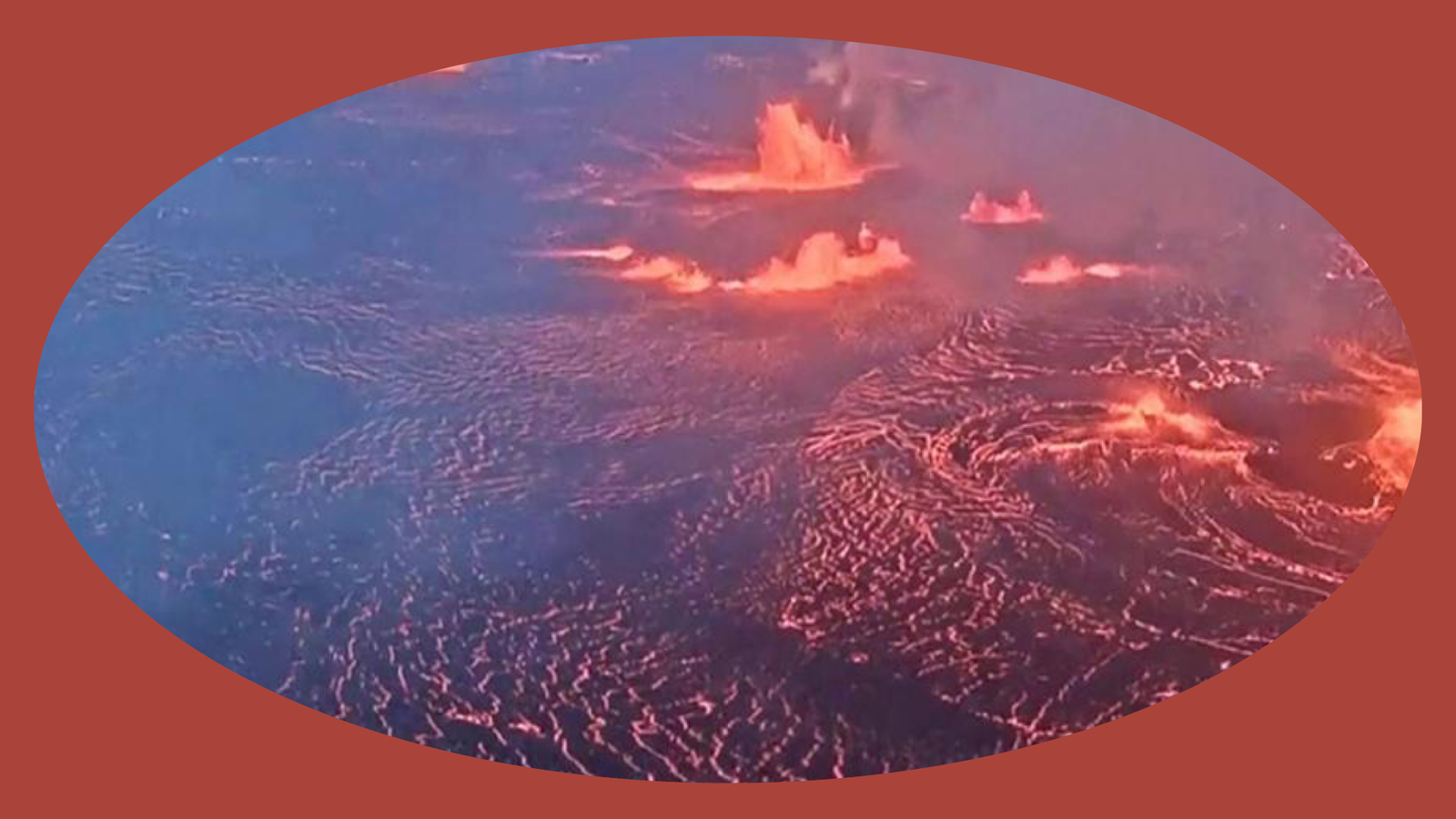In a spectacular display of nature’s power, the renowned Kilauea volcano in Hawaii has erupted, capturing the attention of onlookers worldwide.
The eruption commenced at 4:44 am (local time) within the Halema’uma’u crater, situated atop the awe-inspiring Kilauea volcano, as reported by the esteemed US Geological Survey’s Hawaii Volcano Observatory.
With the eruption’s initiation, the observatory wasted no time in reevaluating the risks associated with this volcanic event, raising the alert level from “Caution” to a more alarming “Warning.” Additionally, the aviation weather code was promptly upgraded from yellow to an intense red, signaling a heightened state of danger.
Images captured by the observatory’s diligent monitoring reveal the breathtaking dynamics of the eruption. The fissures that have formed in the crater floor are serving as fiery conduits, channeling molten lava that cascades down the volcano’s slopes with an otherworldly grace.
It is important to note that the volcanic activity remains localized within the crater for now. However, the observatory remains vigilant, poised to assess the evolving risks as the eruption continues to unfold.
Fortunately, the impact of this eruption is anticipated to be limited, given that the eruption site is nestled in a closed-off region within the Hawaii Volcanoes National Park. This location ensures a considerable distance of approximately 350km from Honolulu, a heavily populated area.
While the immediate threat may be contained, one should not underestimate the potential hazards posed by volcanic gases. Sulfur dioxide (SO2), a prominent component of volcanic emissions, can generate a dense haze commonly known as “volcanic smog.” This atmospheric phenomenon poses detrimental effects on both human health and the well-being of livestock and agricultural crops.
Moreover, the observatory issued a cautionary advisory regarding volcanic ash, which can be propelled by prevailing winds. Exposure to volcanic ash can cause skin and eye irritation, emphasizing the need to minimize direct contact for safety purposes.
Kilauea volcano, renowned for its fiery temperament, has a history of relentless activity. Earlier this year, it embarked on a 61-day eruption that lasted from January to early March. Notably, in May 2018, the volcano unleashed a massive eruption that endured for over a month, leaving a trail of destruction in its wake. The cataclysmic event led to the devastation of numerous residences and structures while dramatically reshaping the surface landscape of the summit area.
As the world witnesses this captivating natural spectacle, scientists, geologists, and curious observers eagerly await further developments, cognizant of the remarkable force that lies within the heart of the majestic Kilauea volcano.

